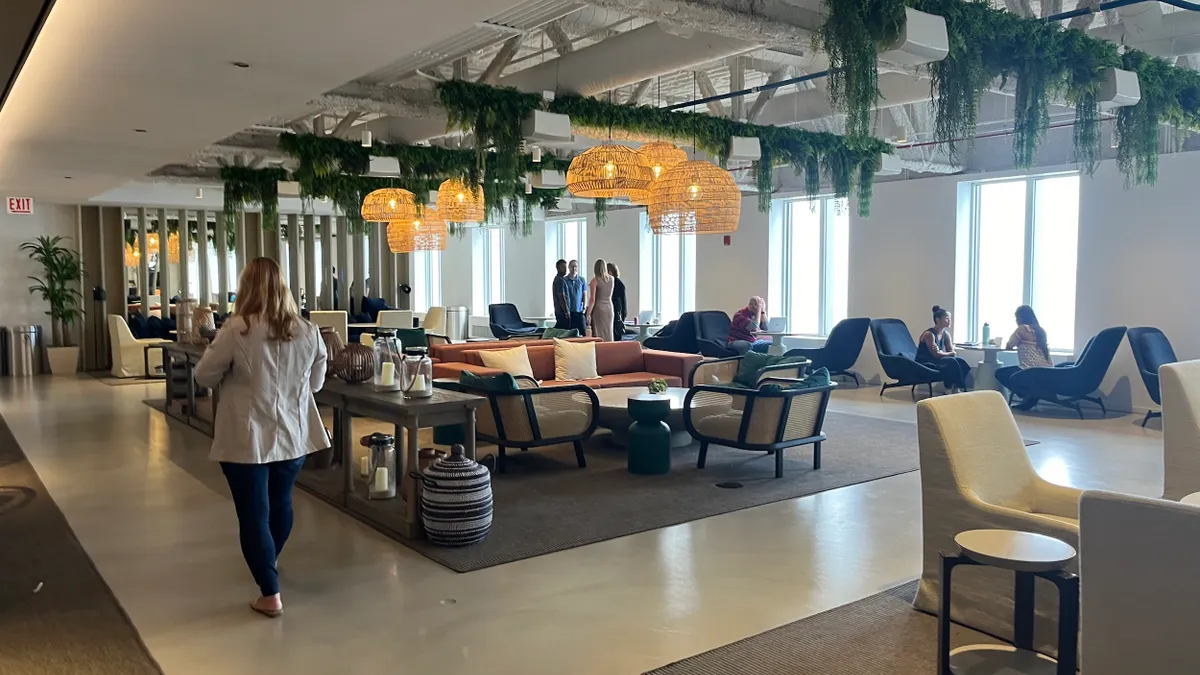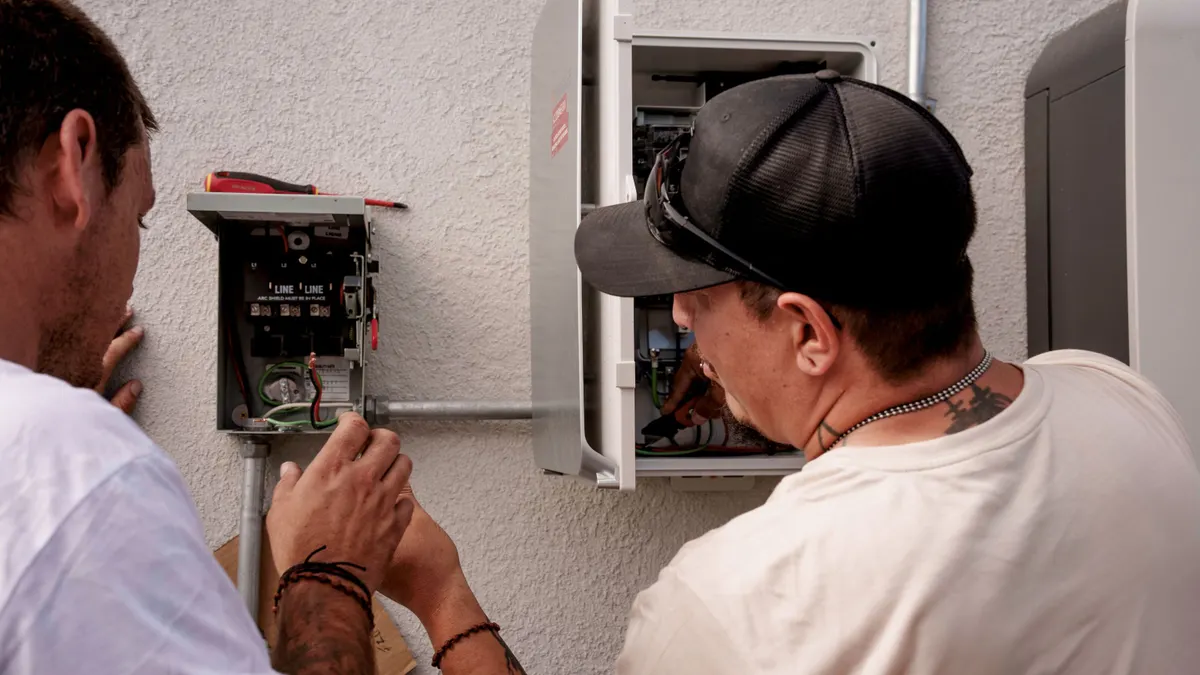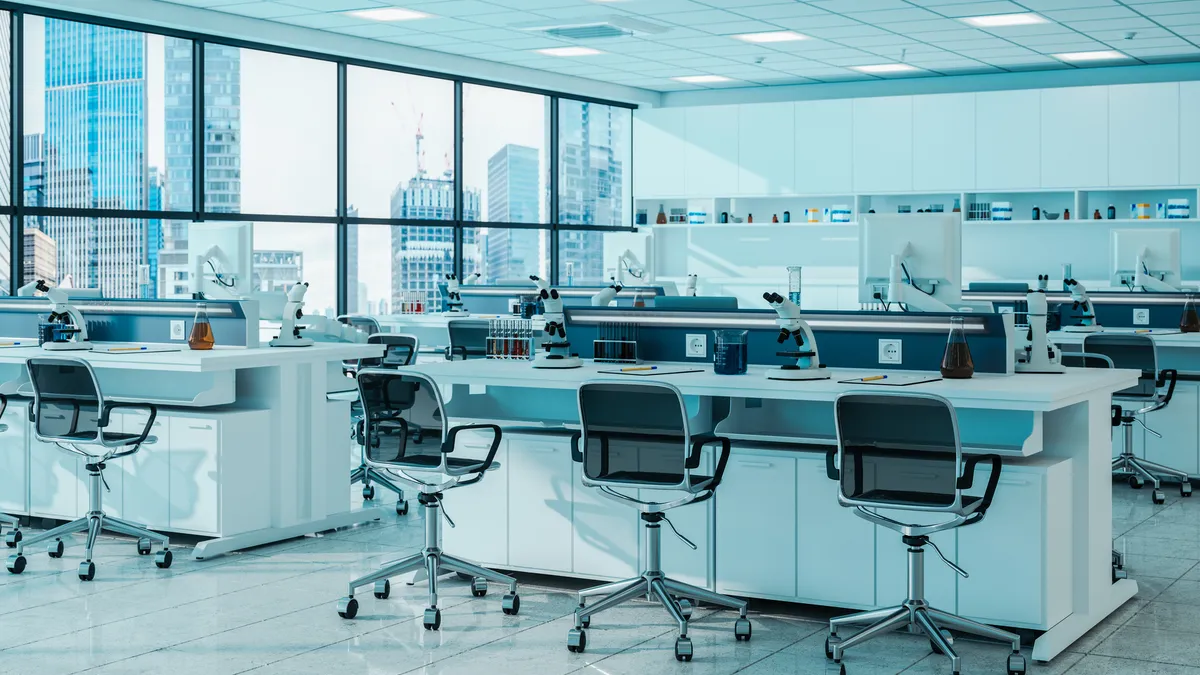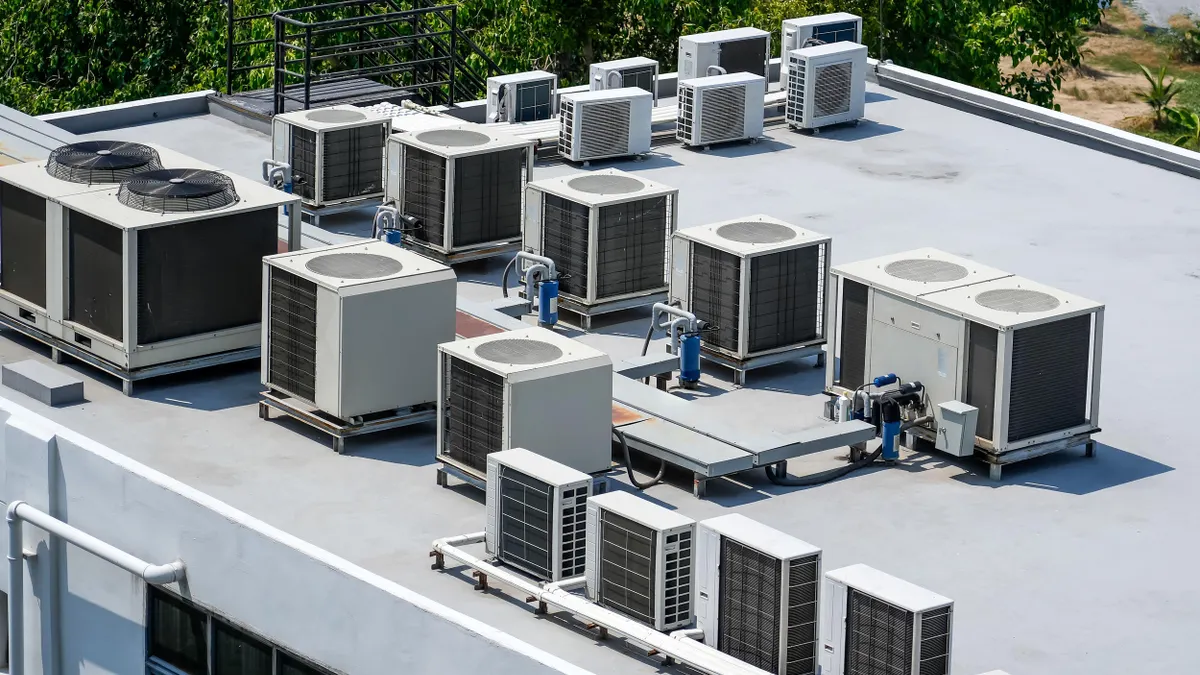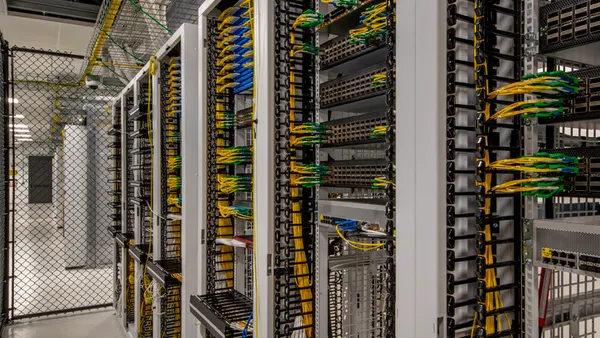Once you embrace smart building technology it can be used for reducing energy costs and improving occupant well-being, without the two objectives competing against one another, says Fabio Zaniboni, founder and CEO of building technology company BubblyNet.
“The incremental cost of making it efficient and focused on well-being is negligible,” Zaniboni said in an interview.
Installing sensors to adjust the temperature in unoccupied rooms and otherwise manage energy cosumption by use patterns can quickly help facilities managers improve building performance by 20%, Zaniboni said.
“You can see a return on investment in a year,” he said.
It’s harder to see the return on investment in managing occupant well-being, but using internet of things technology to improve indoor air quality, lighting and noise levels can increase productivity of the people working in the space, according to Zaniboni. This creates the kind of bottom line improvement that can make a difference to companies, he said.
“If you’re saving even 10% on your productivity, just because the space is [more conducive to work], you can have your return in a few quarters,” he said.
Zaniboni’s company is installing its IoT tools on two European farms, one to improve the performance of indoor tomato crops and the other to improve the yield of milk cows. The same principles that are going into the projects apply to the workplace, he said.
“If it works for the tomatoes, and it works for the cows, believe me, it works for humans,” he said. “The technology is there. We just need to create that momentum. It’s going to become a no-brainer.”
There’s no shortage of research showing the connection between healthy levels of carbon dioxide, high-quality lighting and other indoor environmental conditions, to worker well-being and higher productivity, he said. “Some returns on investment are extraordinarily fast,” he said.
Sound conditioning has tended to get less attention than indoor air quality and lighting but it can also be managed to improve productivity, he said.
In an office or other workplace environment, noise cancellation isn’t practical because of the varied sources where noise can originate, but sound masking is a practical alternative, he said.
“With the sound cancelling you have in your headphones, you’re getting a frequency, and because it generates an opposite frequency to [the noise], the ear thinks there is no sound,” he said. “You can do that because you have a single point, a single source of noise. The problem in an open space is that sounds bounce all over the place. You would need to have thousands of little sound cancelling devices to cancel all of the bounces.”
Sound masking works in a different way, he said. It uses ceiling diffusers to create pockets of brown noise, which enable people inside the pockets to have conversations without disrupting those around them.
“You’re not going to recognize the content of the discussions around you,” he said. “Typically, what’s distracting is you capture some information [of what people are staying] and of course you want to know the rest. That’s when your attention goes away from the task you’re trying to complete.”
The pockets created by sound masking can be used for privacy or to improve focus.
“If I’m at my desk and I want to have focus, I press a little button, or I click on my desktop,” he said. “Now around me, just my space, I’m going to have a certain frequency of sound [masking the conversations around me]. Like lighting or air quality, you can control it at a very granular, localized way.”
Bottom line: Once the sensors, switches and other pieces of intelligent technology are in place, they can be just as easily applied to indoor environmental conditions as they can for energy use, eliminating the need to think of them as applying to one or the other, Zaniboni said.
“They’re all intelligent,” he said. “And because they’re intelligent, and because the technology works wirelessly, they can create a data infrastructure that can be leveraged for interesting solutions.”




